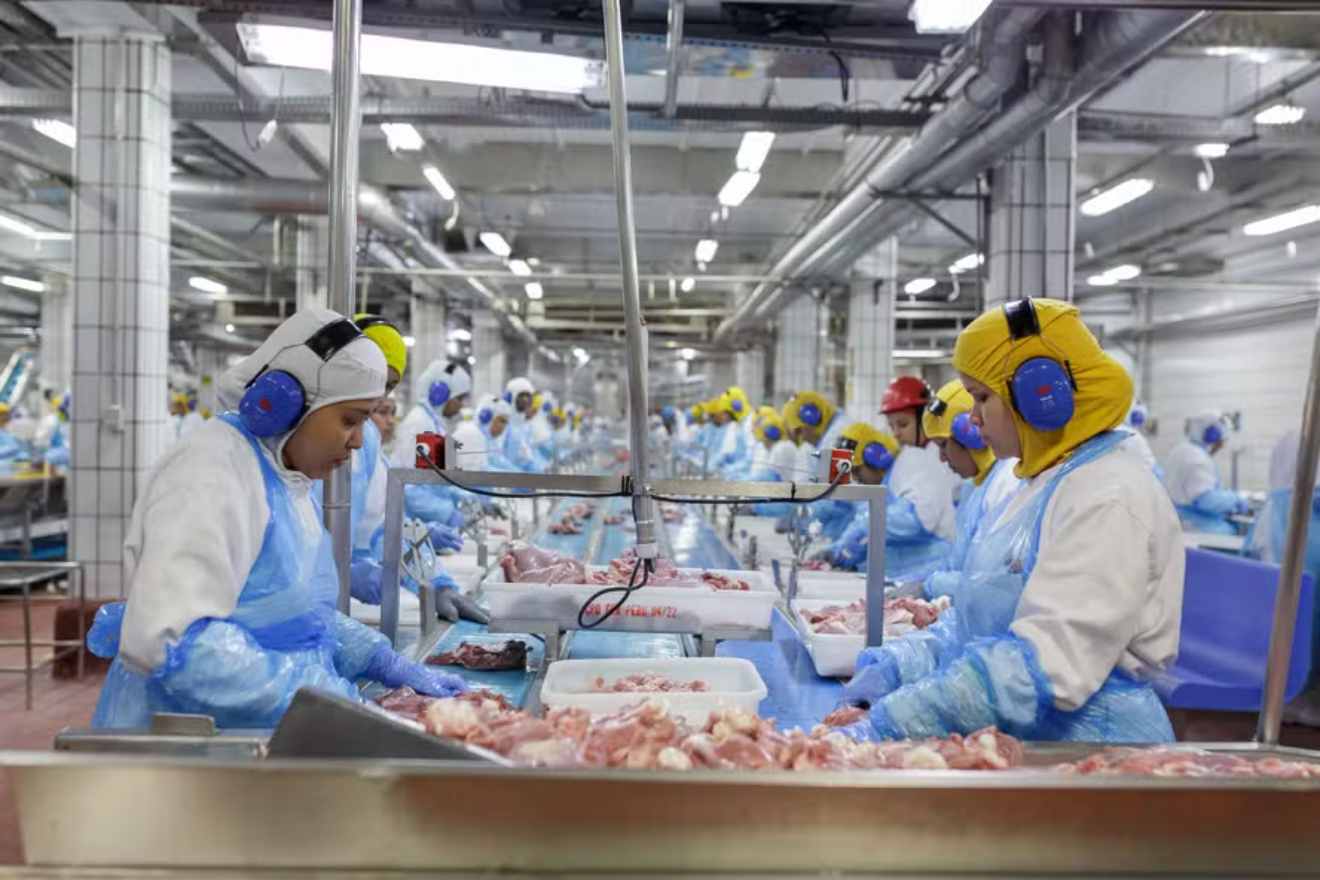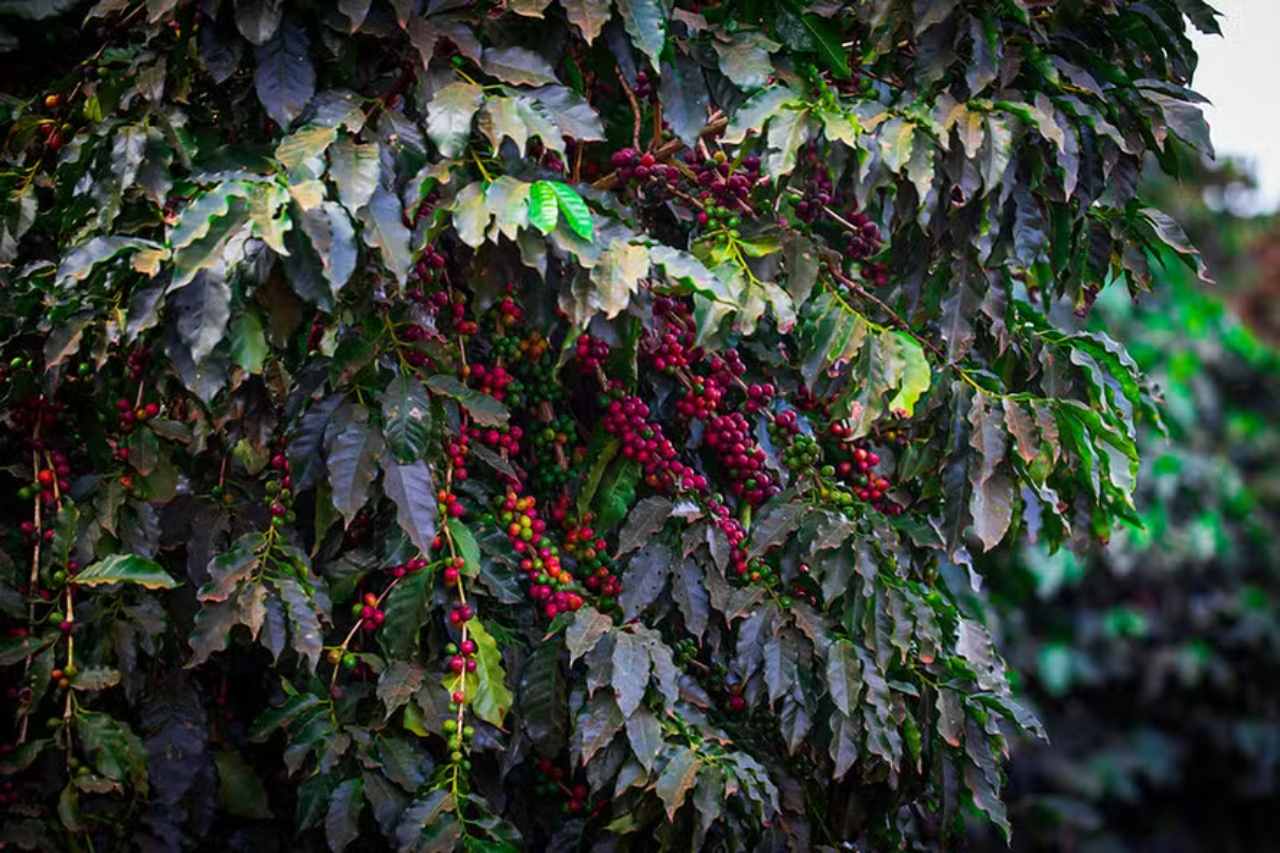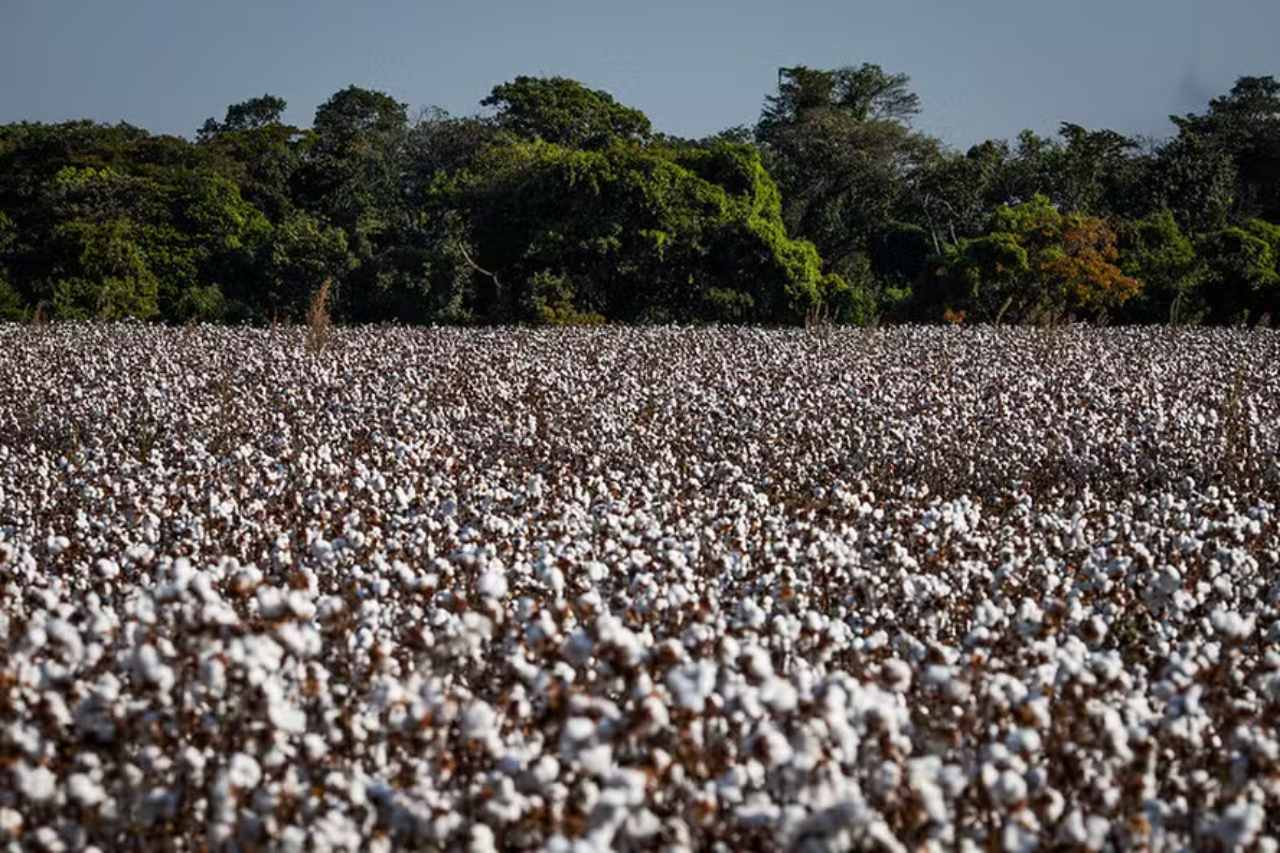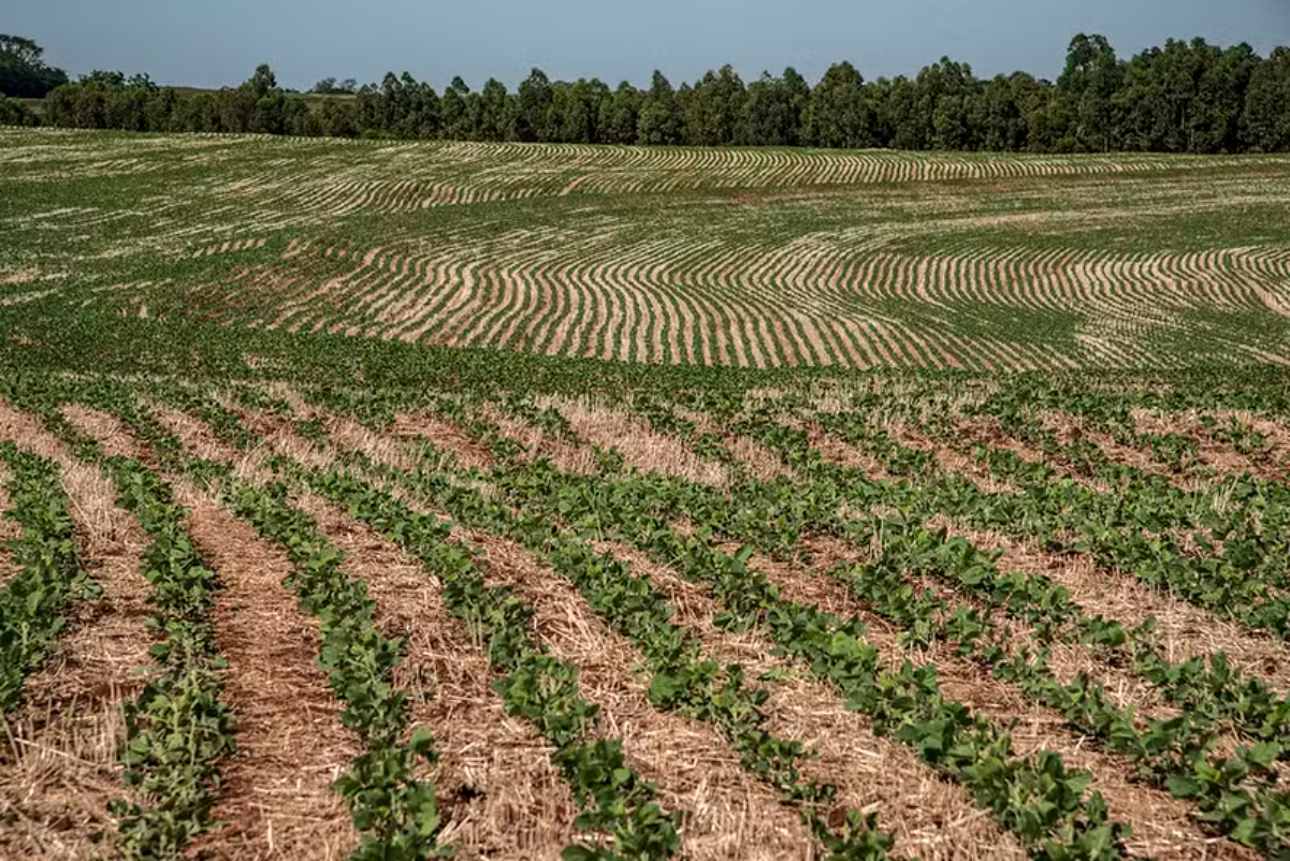The Company Expects Favorable Results by the End of the Year After a Record Profit in the Third Quarter
BRF plans to intensify investments in 2025 compared to 2024 and 2023. The company also expects relative stability in costs for poultry and swine feed in the coming months and is optimistic about the results of the end-of-year sales campaign. This was shared by executives of the meat processing company during a conference call with market analysts on Thursday (November 14) to discuss the third-quarter financial results.
Fábio Mariano, BRF’s CFO and Investor Relations Director, reported that the company currently has more than BRL 1 billion in projects under evaluation, which may or may not be executed depending on the strategy adopted. He added that the focus of investments is on manufacturing structures for processed products, which have higher added value compared to other product lines.
“Our plant in Abu Dhabi (UAE) is close to full capacity, and a plant we acquired in Saudi Arabia is also near full occupancy. Frozen plants here in Brazil are also approaching full capacity. We are seeing areas with suppressed demand that we need to address,” he noted. “Most of the projects are expected to meet economic viability requirements,” he said.
What is not expected to grow significantly, the executive explained, are investments in new technologies. Mariano clarified that BRF has already been executing projects in this area for several years, such as using artificial intelligence systems in areas like purchasing, human resources, and chick sexing.
In the third quarter of 2024, BRF recorded a net profit of BRL 1.137 billion. In the same period in 2023, the company posted a loss of BRL 262 million. Over the first nine months of the year, the company – formed from the merger of Sadia and Perdigão – has achieved its best performance in history, which will enable the first dividend payout to shareholders since 2016: BRL 946 million in the form of Interest on Equity (JCP).
The company’s net revenue increased by 12.4% between July and September compared to the same period last year, reaching a record BRL 15.5 billion. Coupled with strong free cash flow generation, the sales performance during the period allowed the company’s leverage level to drop to its lowest point in history. In absolute terms, net debt fell from BRL 8.93 billion to BRL 6.86 billion from the second to the third quarter of 2024.
Outlook
For the coming months, the company sees a positive outlook for its results. In the domestic market, it expects to continue gaining market share in processed products. These products account for 70% of the company’s sales in Brazil. Mariano reported that BRF has gained market share in all product categories and subcategories.
“Demand remains strong and solid. We see this processed business as being highly correlated with consumer income. Consumer confidence indexes, which we see gradually improving, help explain the expansion in volumes and market share gains,” he said.
Cash flow is also expected to be bolstered by the festive product lines, such as the typical meats for the year-end holidays. BRF’s management reported that it started its holiday sales campaign earlier this year, and returns in October exceeded expectations. For November and December, the outlook is even more optimistic as the holiday season approaches, and consumer demand intensifies.
“We are optimistic. For Christmas kits, the campaign is already pre-sold. We haven’t invoiced everything yet, but orders have already come in, and this is already the best campaign in the company’s history. Everything points to it being very successful because this portfolio shows a more favorable mix in the domestic market,” Mariano analyzed.
Demand
Miguel Gularte, BRF’s CEO, added that demand for chicken in Brazil has remained stable. The product remains competitive with “resilient” prices. The expectation is that prices will remain at high levels, and the same is expected for pork.
“With full employment and demand for chicken and pork, we don’t foresee any risk of price pressure. We are looking at beef with high prices, which suggests opportunities. As long as these opportunities last, we will be performing well,” Gularte said.
BRF’s CEO also expressed optimism about the company’s performance in international markets for the remainder of 2024 and for 2025. Demand for pork and chicken globally, like in Brazil, remains strong, indicating that product prices will stay at high levels.
“We are seeing a very interesting market for pork. China is leading the demand and pricing opportunities, and with such a large buyer, it influences not only proteins but also other geographies,” the executive analyzed.
Markets
BRF is still awaiting the reopening of the Mexican and Chinese markets for poultry products from Rio Grande do Sul, which accounts for 20% of the company’s production. The state is still under embargo due to the detection of a Newcastle disease case in the municipality of Anta Gorda (RS).
The company, in partnership with Marfrig, its controlling shareholder, is preparing to enter the international beef market, using the Sadia brand as a reference for export products in this segment.
During the analysts’ call, Gularte informed that BRF has received 70 export certifications this year, including new markets and the addition of plants to previously opened markets. In the third quarter alone, there were 13. In the past two years, expanding access for BRF products in various countries has added BRL 1.2 billion to the company’s revenue.
“We don’t see anything that could create imbalance in the market, and we don’t trade product value for market share. Our strategy is to add value through commercial excellence, improving efficiency, and reducing costs,” he emphasized.
Regarding costs, BRF evaluates stability in the grain market. The company expects a good soybean harvest in Brazil, Argentina, and the United States, with a price decline trend compensating for potential increased competition for corn. The possibility of the meat industry facing competition from corn ethanol plants is not a concern for the executives.
“Corn will be competitive in some states, but we are focused on finding alternatives, such as DDG. We’ve also implemented sorghum and other options. We are geared up to change formulations,” said CFO Fábio Mariano.





